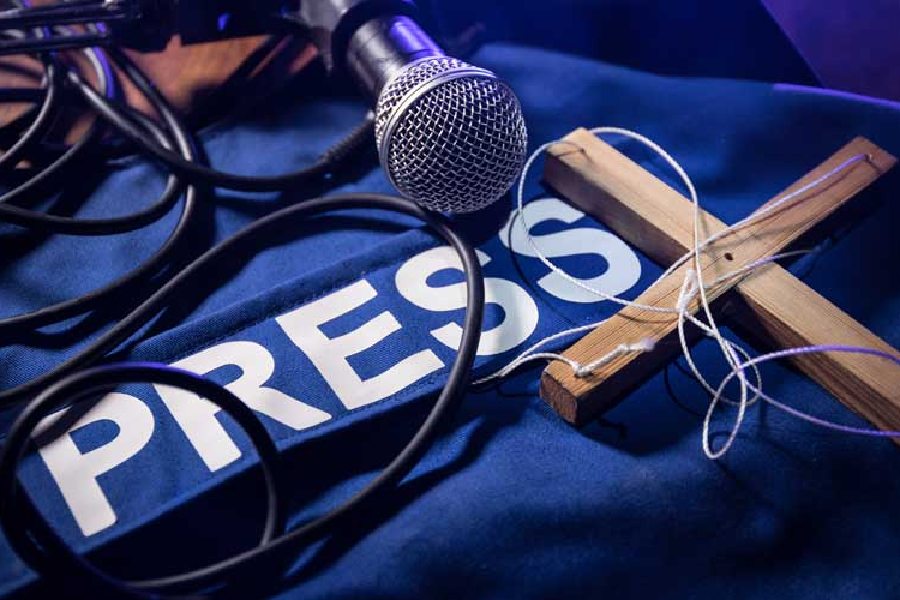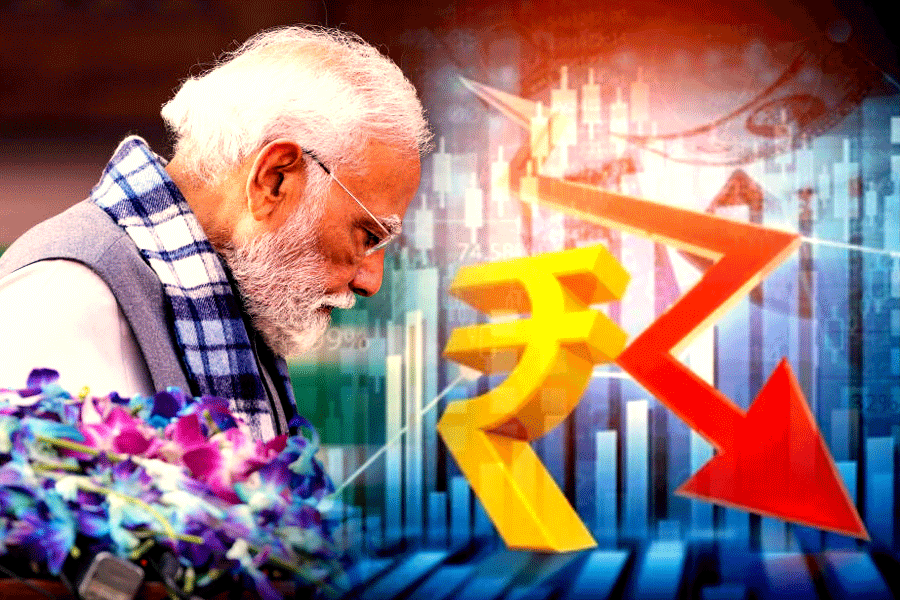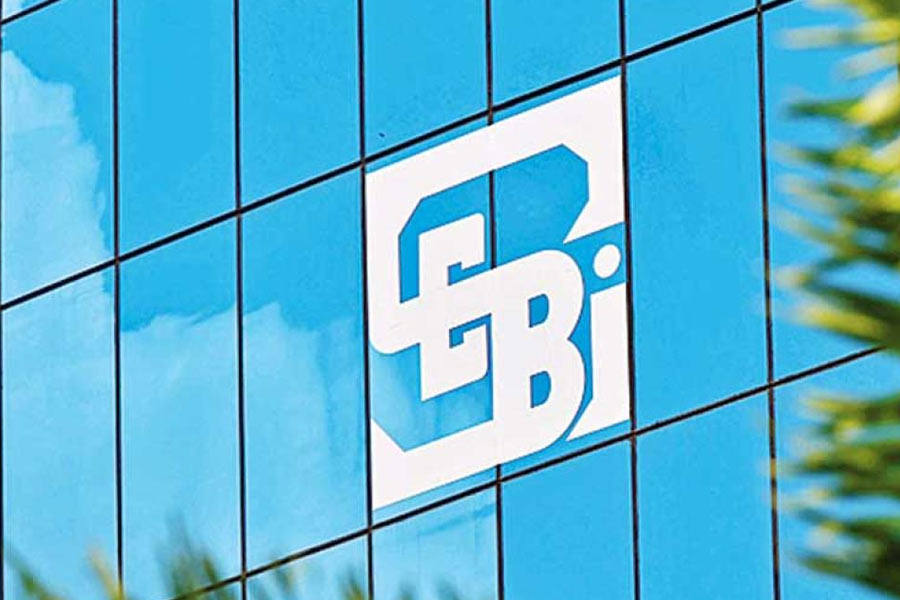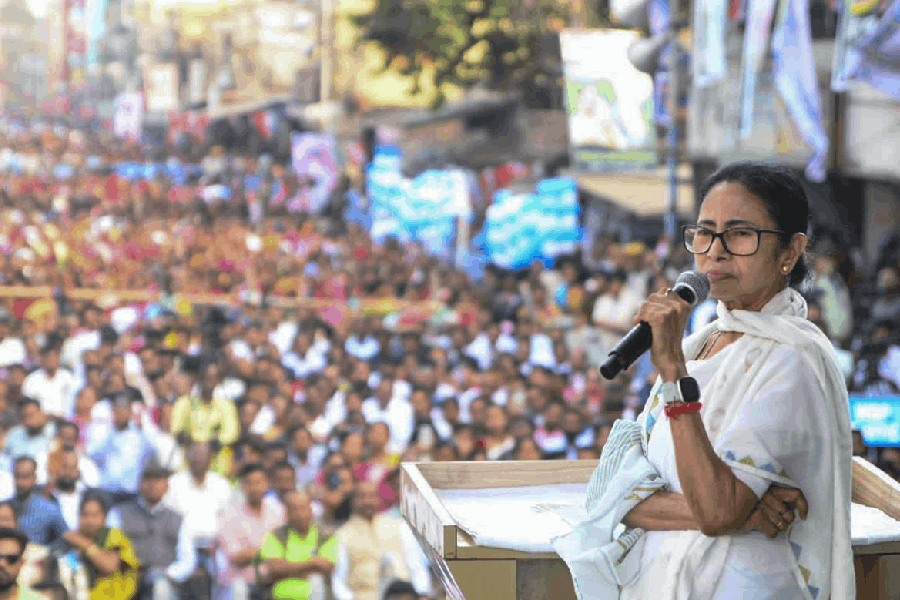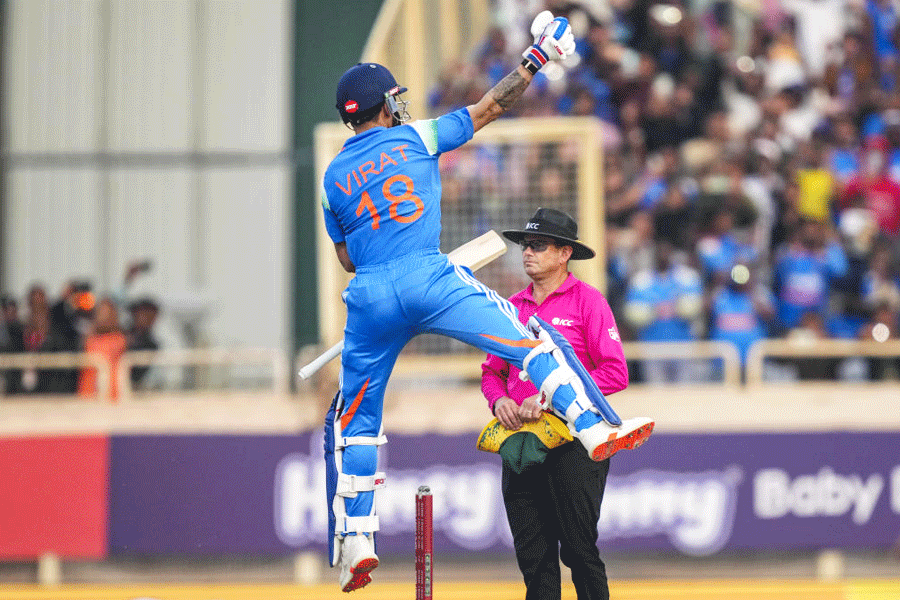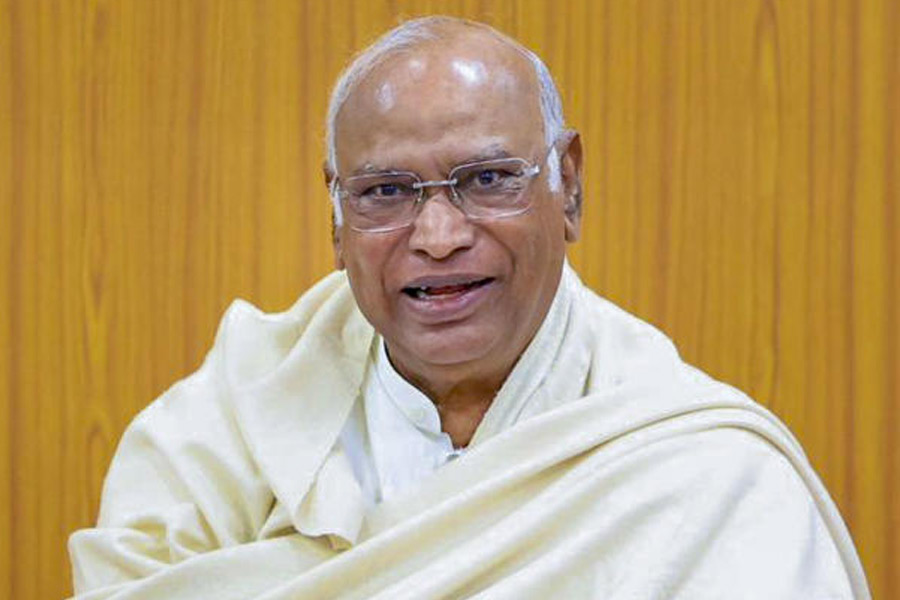Appearances can be deceptive. While India has inched up eight spots on the World Press Freedom Index 2025 released by Reporters Without Borders, this does not necessarily imply an improvement in the freedom of the fourth estate in the country. In real terms, India’s score has only increased by 1.68 points; India’s ranking was also determined by the worsening of press freedom elsewhere. The Index identifies attacks on journalists as a principal area of concern: at least two journalists have already been killed in India this year, and three others have been arrested under draconian charges.
But there is a different kind of institutional assault that has been highlighted by the Index that merits attention. A major factor behind the precipitous decline of press freedom has been the rise in the phenomenon of media ownership by business tycoons perceived to be close to the ruling dispensation — in India and around the world. For instance, one of India’s top business houses owns 70 media outlets in the country that are followed by 800 million Indians: the corporate takeover of media also influences the institution’s advertisers and financial stakeholders. Intense competition, depletion in advertisement revenue, especially from the government, and rising production costs have had a deleterious impact on the voice of independence in the media. According to the economic indicator in the Index, news organisations today face a difficult balancing act — they are struggling to maintain editorial independence while fighting to stay financially afloat. As if this challenge were not enough, the Index also expressed concern about several new laws that give the government extraordinary power to control the media, censor news and silence critics: the Telecommunications Act, 2023 and the Digital Personal Data Protection Act can be cited as examples. Tellingly, there have been allegations of a gag order on some news outlets in the midst of escalating military tensions between India and Pakistan. Even the Opposition in India, the report suggests, has been guilty of weaponising legal provisions against journalists. Confoundingly, legacy media outlets have largely resisted experimenting with new revenue models that could diminish their dependence on government largesse.
There are emerging issues in the Indian context that must not be ignored. The Index underlines that mainstream media houses, especially in managerial positions, remain imbalanced in terms of the representation of social identities. Most television channels, particularly those in Hindi, were also found to devote a significant portion of their airtime to promote religious polarisation. These trends, in turn, reduced the media to the role of cheerleaders of ruling regimes and helped deflect the powers that be from scrutiny. The media’s weakening evidently poses serious threats to democracies. India is not an exception.

